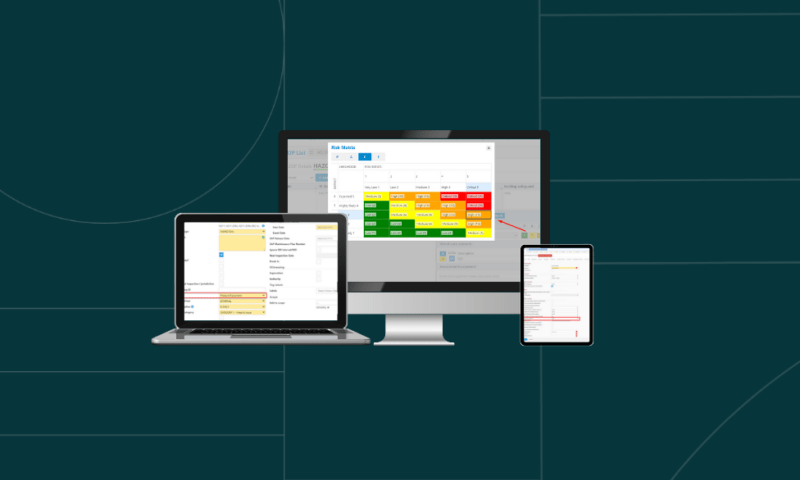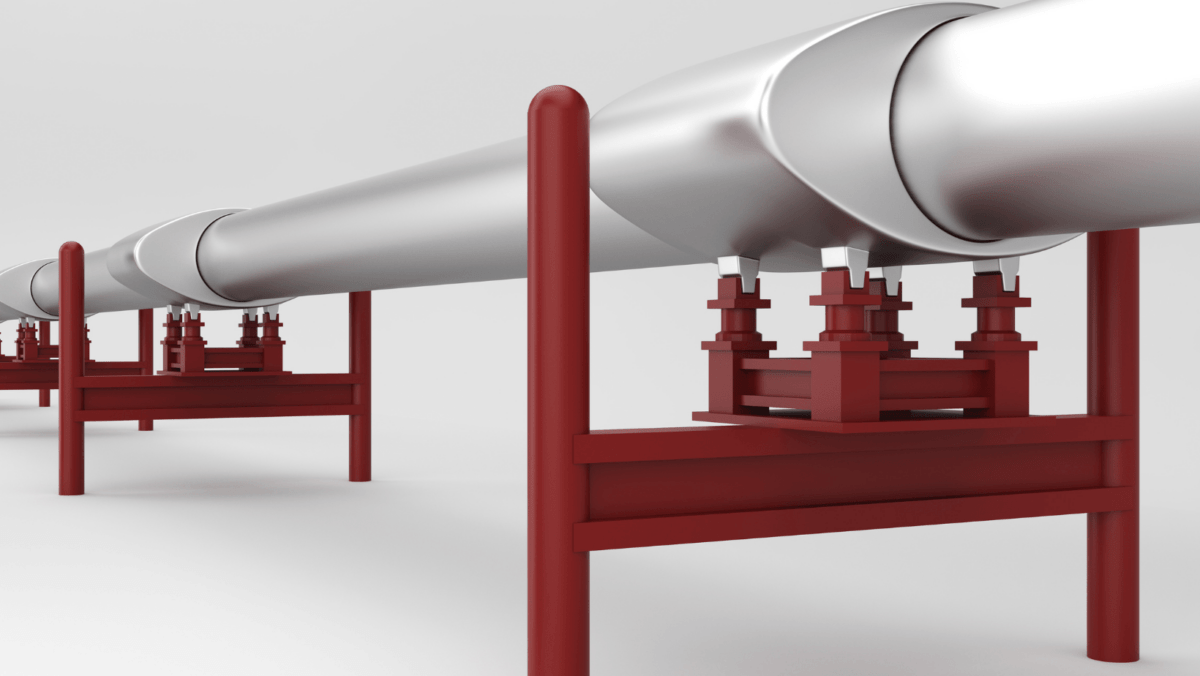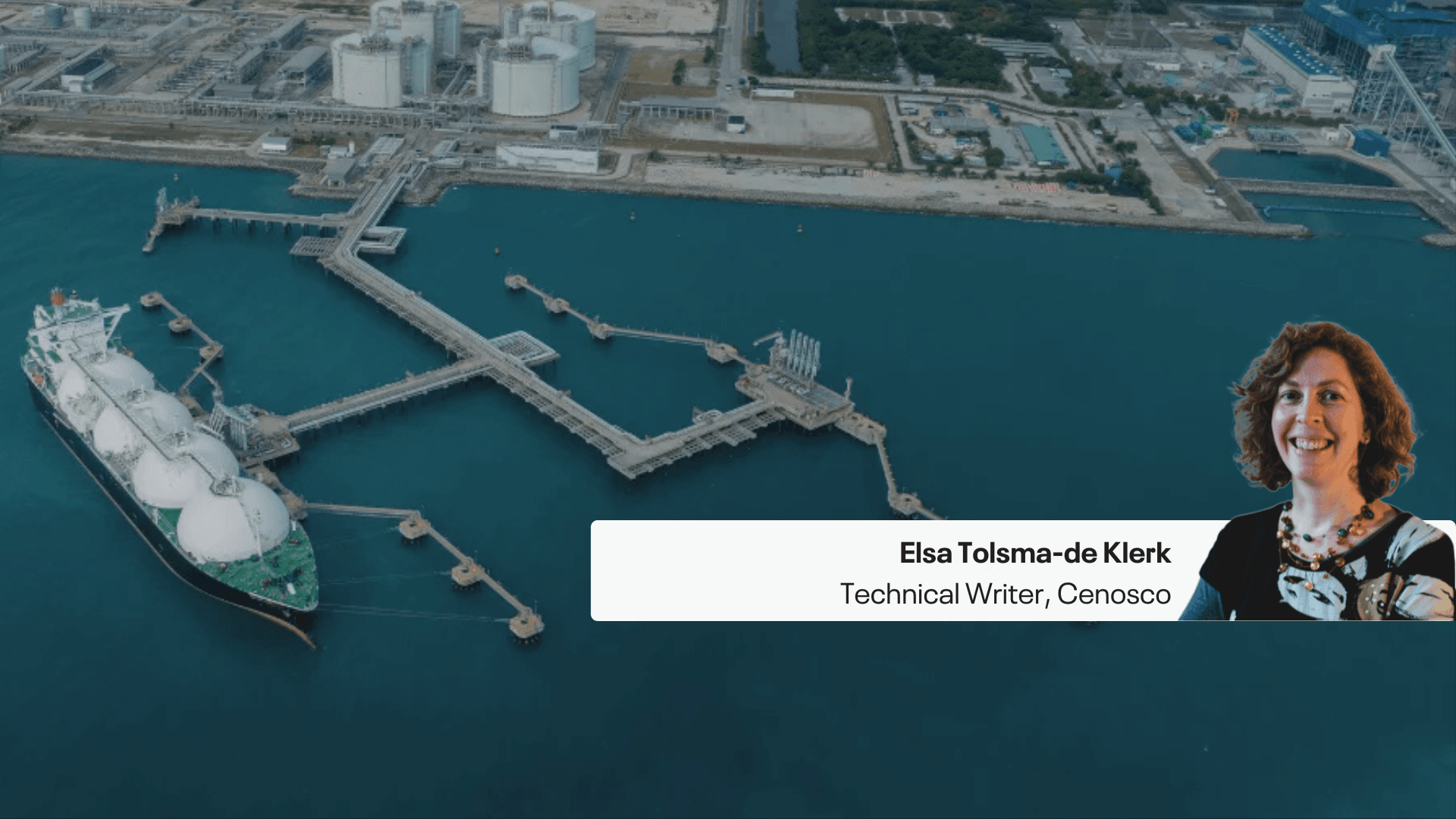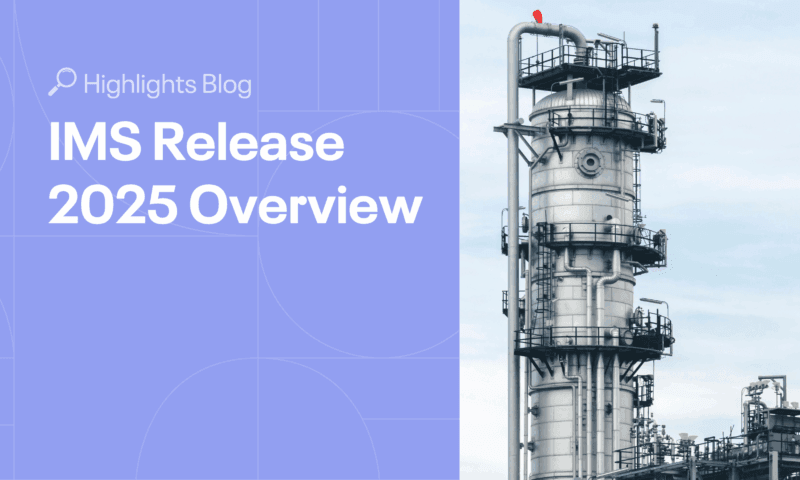We reached the end of 2023, and it’s time to look ahead and see what the 2024 holds for us. Let us take a look at the market trends shaping the landscape of Asset Integrity Management (AIM) and explore what this means for IMS in terms of platform and functional improvements.
1. Artificial Intelligence (AI)
Artificial Intelligence (AI) is a hot topic everywhere, and it’s no different at Cenosco. Presently, we’re collaborating with bright minds at the University of Pula to pioneer some innovative AI use cases. Together, we’ve generated a range of ideas, for example:
- leak prediction,
- proposing schedules and tasks based on data,
- using voice commands to generate reports, etc.
Our plan is to brainstorm and prototype these AI concepts, selecting the most promising ones for a Proof of Concept (POC) to introduce to the market.

Besides our university partnership, Cenosco has been part of the Open Artificial Intelligence (AI) Energy initiative for a few years now. This initiative specifically focuses on AI within the energy sector. Since joining, we’ve actively participated in two key Open AI Energy projects. The first involves remote inspections, where drones capture images that AI and machine learning algorithms analyze to identify integrity issues. These observations are then mapped via 3D models to the equipment – a work process already well-implemented in IMS.
The second initiative revolves around predicting the corrosion rate for several specific types of degradation mechanisms. Using data sourced from IMS, an AI machine correlates wall thickness measurements and renewal thickness with process conditions, forecasting a corrosion rate. This rate is then fed back into IMS to calculate the remaining lifespan and schedule inspections.
In the future, we envision AI as a support tool rather than the driving force behind strategies. Qualified professionals will remain the key drivers of strategies, utilizing AI outputs as inputs for their decision-making processes. We view AI more as an enhancer, accelerating processes rather than replacing human expertise.
2. Software Integrations
Software integrations have been and continue to be a significant trend; even more so, integrations are a clear industry necessity. There’s a strong desire in the industry for diverse software systems to effectively communicate and share data. In today’s world of Asset Integrity Management, Application Program Interfaces (APIs) are vital, just as they are for other technology groups.
Cenosco has been integrating IMS with SAP and various other Computerized Maintenance Management Software (CMMS) available in the market for years. Our aim is to enhance these integrations, making them more modular and adaptable. This way, when a customer brings in a new maintenance system (or any other system), we’ll be well-prepared to swiftly establish these new connections.
Furthermore, there’s a rising request for integration with other applications.
For instance, our clients seek to retrieve data into their personal Datalakes to gain a comprehensive overview. IMS already supports these Datalakes, and we will keep on investing in this, ensuring both data enrichment and reliability.
Another sought-after integration involves Data Historians. In IMS, we utilize this integration to implement Integrity Operating Windows (IOWs) for managing barriers. These IOWs serve as indicators to monitor barrier statuses.
For example, for corrosion that will accelerate above a certain temperature, an IOW can be linked to the relevant temperature in a data historian. When the temperature is exceeded, it can then trigger a change in the barrier status, prompting action by the corrosion engineer.
We see a market trend centered around transferring data for emerging use cases and, certainly, for new devices as well. These fresh use cases or data streams can be established using the dynamic forms available in IMS. Hence, anticipate ongoing advancements in this area. (We come back to dynamic forms in a little bit.)
Lastly, focusing internally, Cenosco is also investing in integration across disciplines, a concept we call ONE IMS. This approach revolves around how an asset integrity management system addresses the strategies of various disciplines.
Pressure Equipment follows a strategy grounded in corrosion and RBI; Maintenance, Rotating, Electrical, and Instrumentation focuses on reliability and availability strategies; while Safety Instrumentation adopts a Test strategy involving HAZOPs, LOPAs, and SIF Analyses.
ONE IMS is set to break down the fences between these disciplines, fostering collaboration to optimize inspection, maintenance, and test strategies. It’s all about leveraging different methodologies across disciplines to work hand in hand!
3. Partner Ecosystems
Those integrations we just mentioned also depend on our partnerships. Partner ecosystems are on the rise, and Cenosco has seen some really exciting growth in this area lately. That’s why we have brought on a Partner Director solely focused on engaging with other companies that share a mutual interest with Cenosco.
One of our strong Technology Partners is Hexagon. We’ve developed a close bond with them, as integrating their technologies with IMS can bring in a lot of value. Another great example is Maxgrip. Just like Cenosco, they are a Dutch company that was established around Shell. While we have run in parallel for many years, now we are collaborating. Cenosco handles the software, maintenance, and support, while Maxgrip brings its expertise in methodology implementation.
Aside from these, we’ve also got value-added resellers and system integrators in various countries as our partners. Partnering up is essential for our users; it helps get the most out of our systems!
4. Latest and Greatest Development Tools
Partnerships are also pivotal in shaping the tools utilized for software development. As a Microsoft DevOps partner, Cenosco has made substantial investments in tooling, wholeheartedly embracing the Azure stack. This integration allows us to access top-tier technology, ensuring seamless connectivity and harmonious functionality.

Moreover, our commitment extends to adopting the latest and most advantageous technology available. Whether it’s leveraging the upcoming SQL Server or employing lightweight JavaScript frameworks like REACT, we prioritize technologies that enhance performance and usability.
REACT, for instance, offers an exceptional user experience and facilitates adaptability across various devices and screen sizes through responsive design, ensuring an optimal user interface. This approach guarantees that we deliver maximum value to our customers.
5. Mobility
Aligned with the adaptability theme is the concept of mobility, a journey that many companies, including Cenosco, have embarked upon. We tried various technologies before settling on Progressive Web Apps (PWA) for IMS’ mobile-friendly approach.
PWA enables a seamless offline mobile experience without relying on app stores. Changes made on the web app can seamlessly reflect in the mobile app without any deployment or alterations—a pretty nifty feature!

The goal has always been to simplify fieldwork by facilitating efficient data collection while working offline in the field. With our new streamlined IMS web application, called IMS4Field, we believe this has been achieved. It brings substantial business value, especially regarding digital checklists powered by dynamic forms. These dynamic forms guide users through relevant steps using a decision tree, ensuring a standardized approach. Moreover, users have the autonomy to create their own checklists, supported by our eLearning resources.
While the technology is ready, the challenge for customers lies in transforming their operational models when moving from paper to digital. For instance, supervisors will now need to do more pre-planning to allocate devices and tasks while ensuring data readiness for offline use, which is a shift from the previous way of working.
6. Visualization
Users prefer self-explanatory visuals rather than endless grids of data. For this reason, in addition to dashboards, we have been investing in 3D visualization for quite some time.

However, we have realized that 3D does not meet every customer’s needs. Particularly, for pipeline and subsea applications, the emphasis should be on pinpointing degradation locations on a map, directing engineers for thickness assessments and other tasks. Therefore, our roadmap now prioritizes the development of mapping functionalities.
As previously mentioned, the concept of responsive designs is crucial; it ensures that data displays appropriately on various devices and formats. Thus, this is something that we will keep on investing in as well.
Gearing Up for the Future
Looking back, IMS has significantly matured, offering a range of proven and ready-to-use features. To gear up for the future, it’s vital for our users to embrace what IMS already provides, paving the way for growing together to the next level.
Lastly, remember that at Cenosco, our goal is to have satisfied customers who love and advocate for our products. Focusing on this, we’re confident that the right actions will naturally follow suit.
If you’re curious about how IMS can shape your future, feel free to contact us for more information!
Request a Demo
Want to see IMS in action?

Elsa Tolsma-de Klerk Technical Writer
Elsa is an engineer with a passion for sharing knowledge. She holds a Master’s in Electronic Engineering and spent over a decade at Sasol as an Advanced Process Control Engineer, where she gained hands-on experience in optimization, control systems, and writing technical documentation. Since 2019, she’s been a Technical Writer at Cenosco, now leading the IMS knowledge base and training Academy team.




